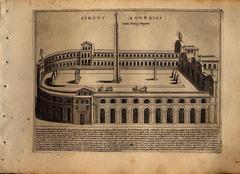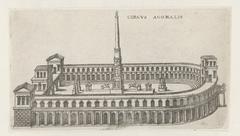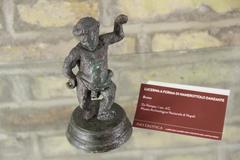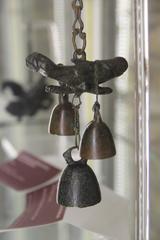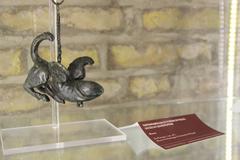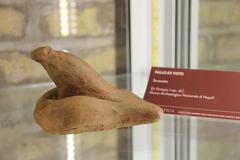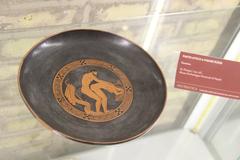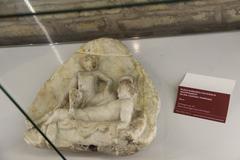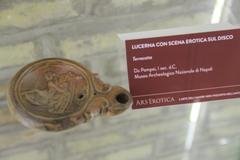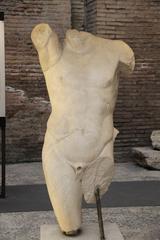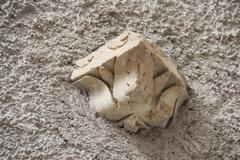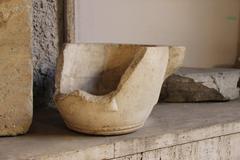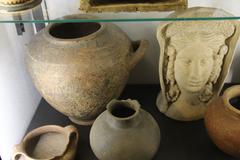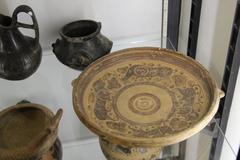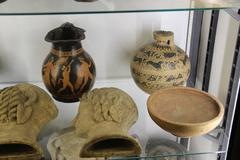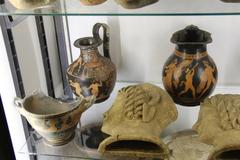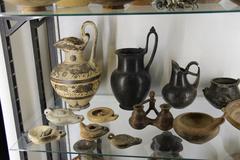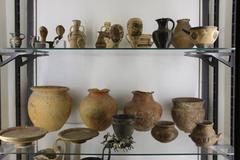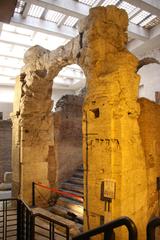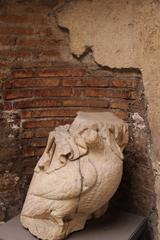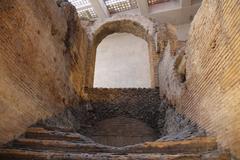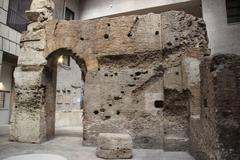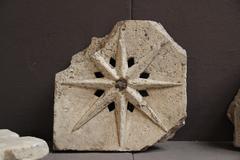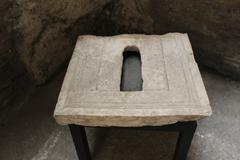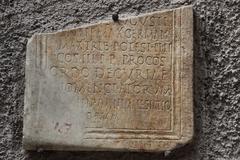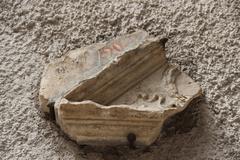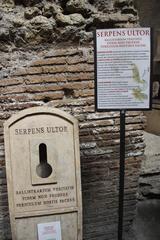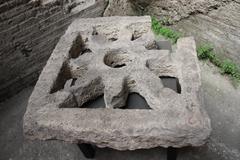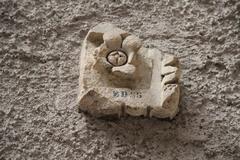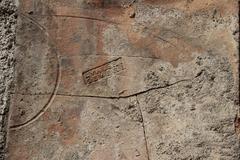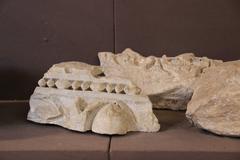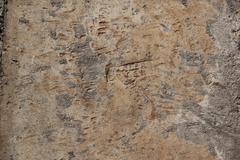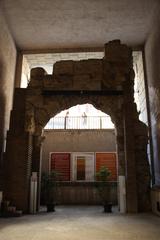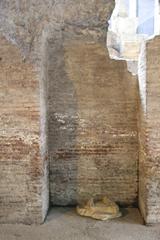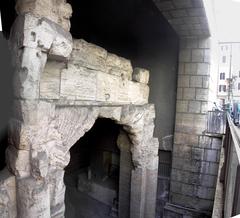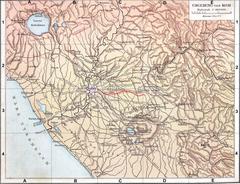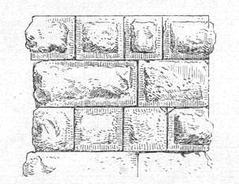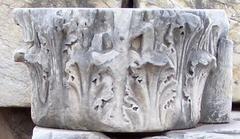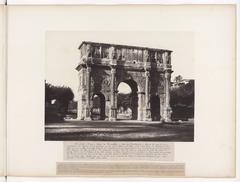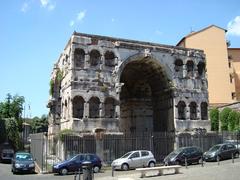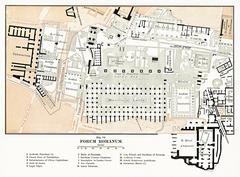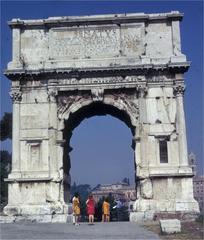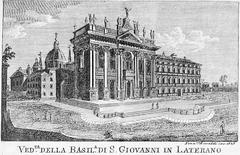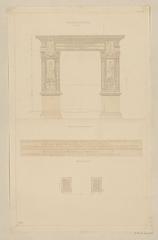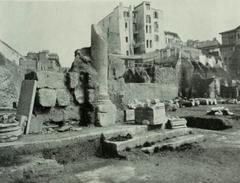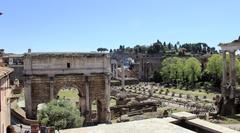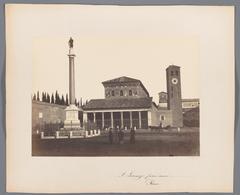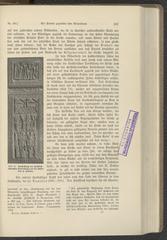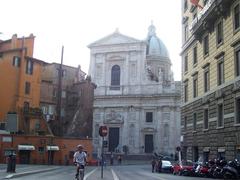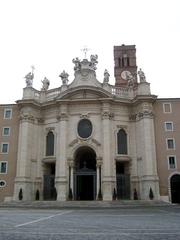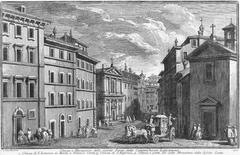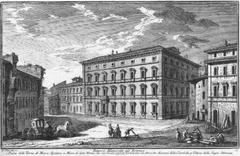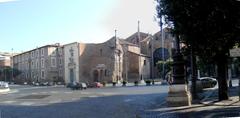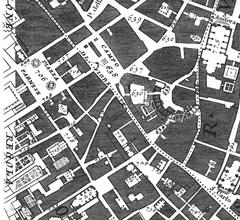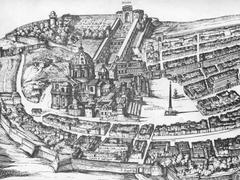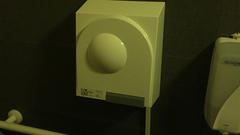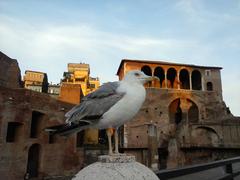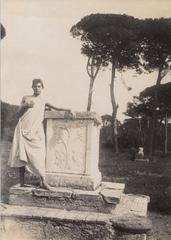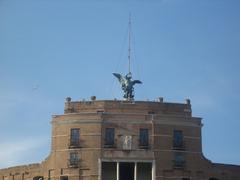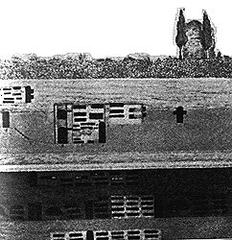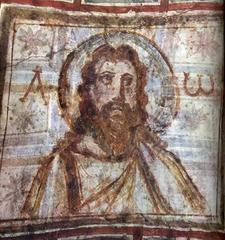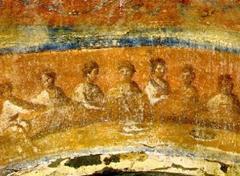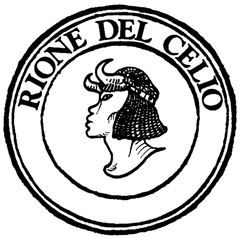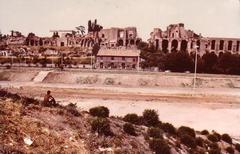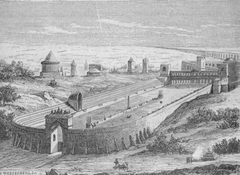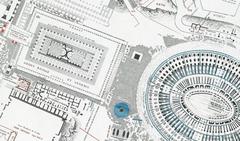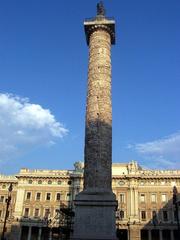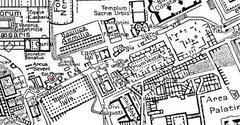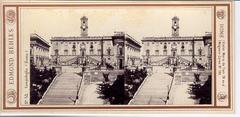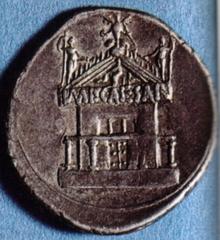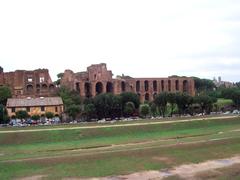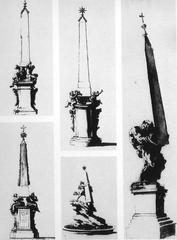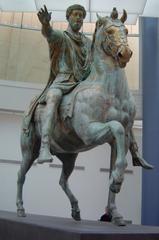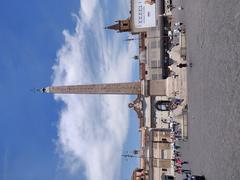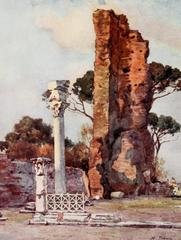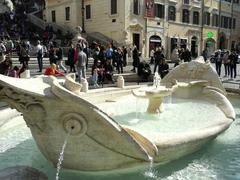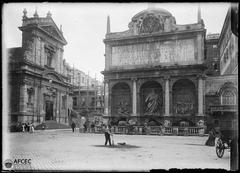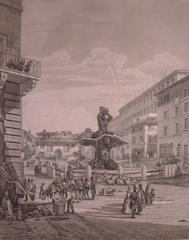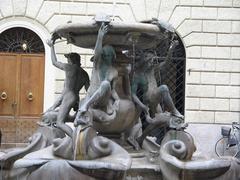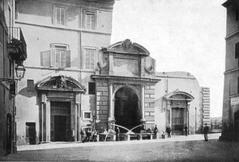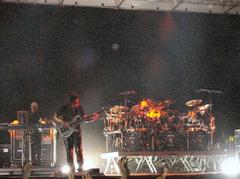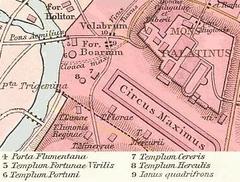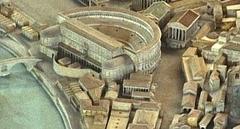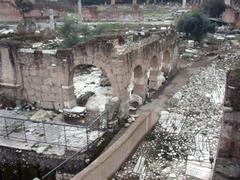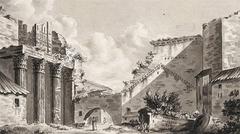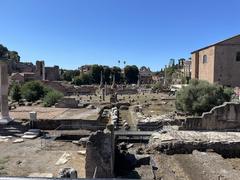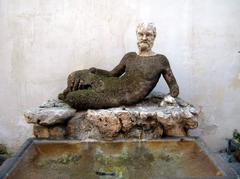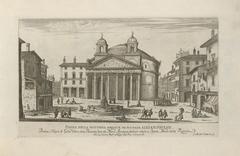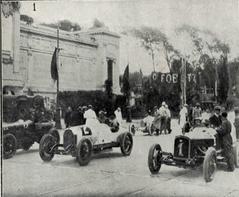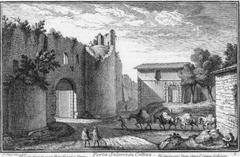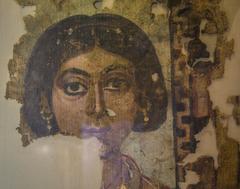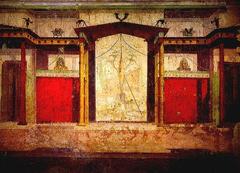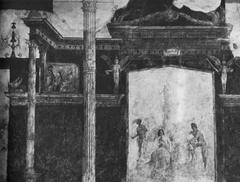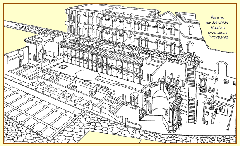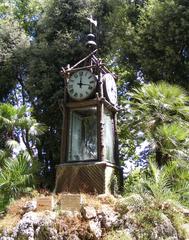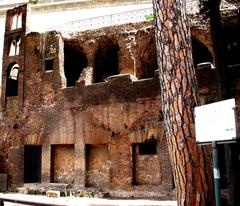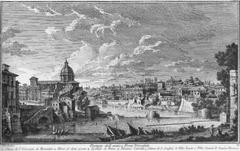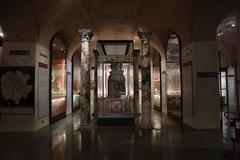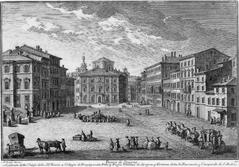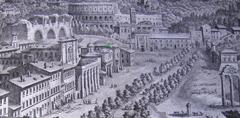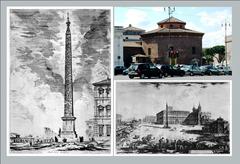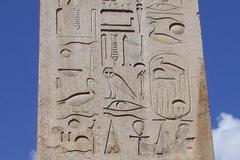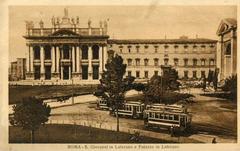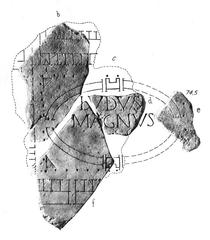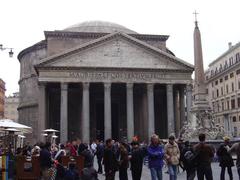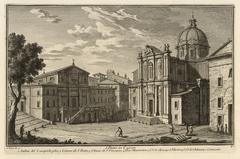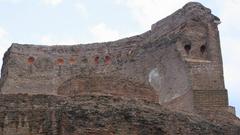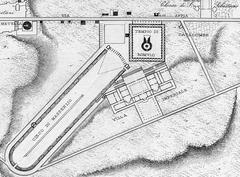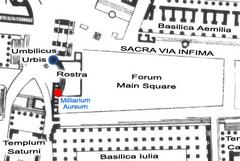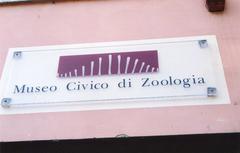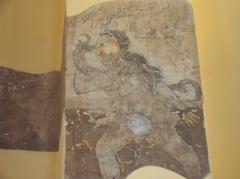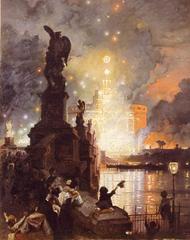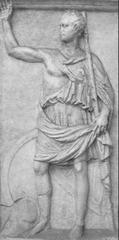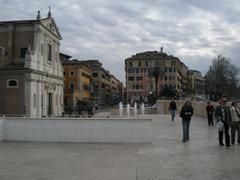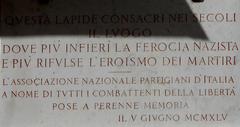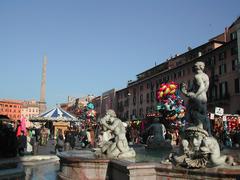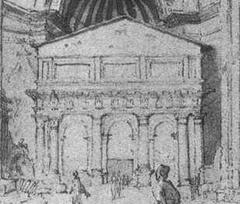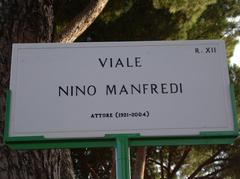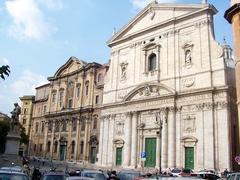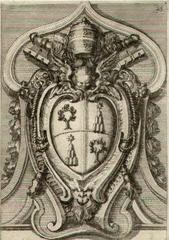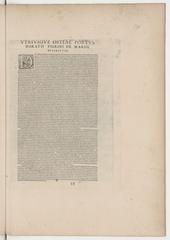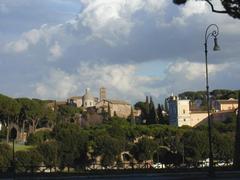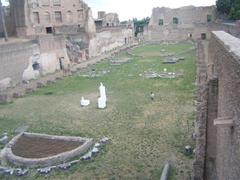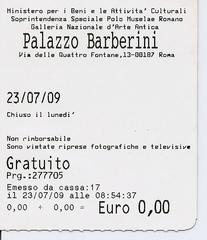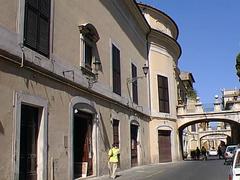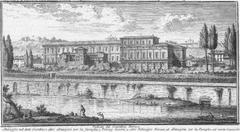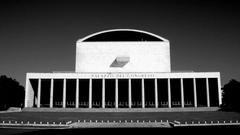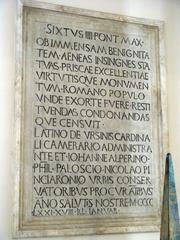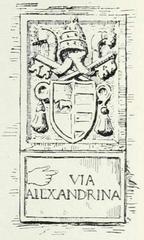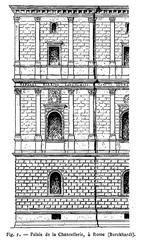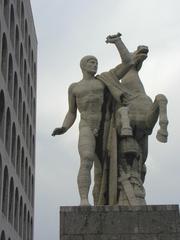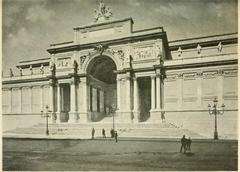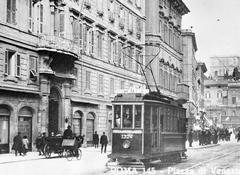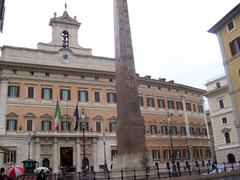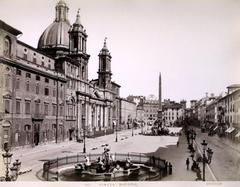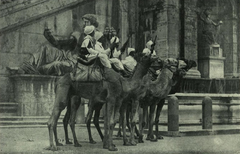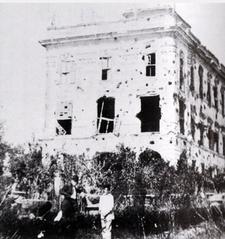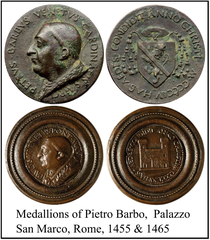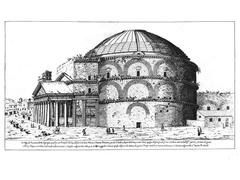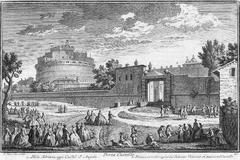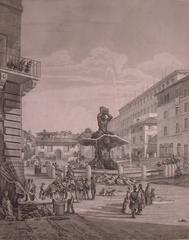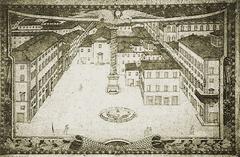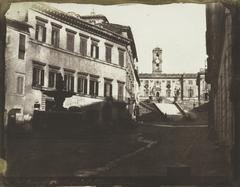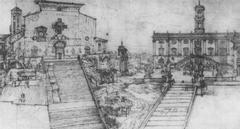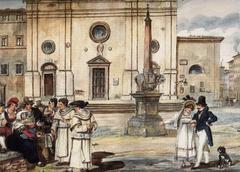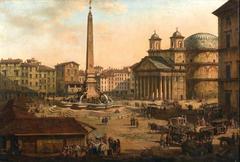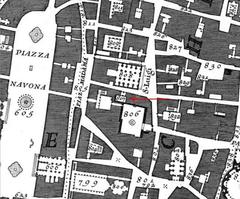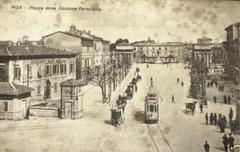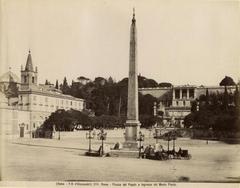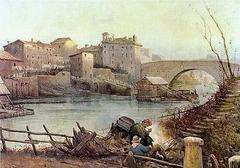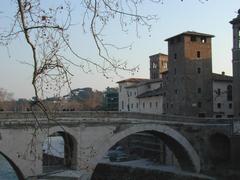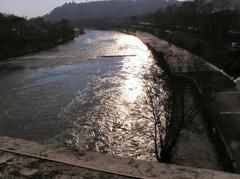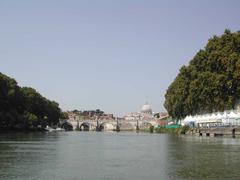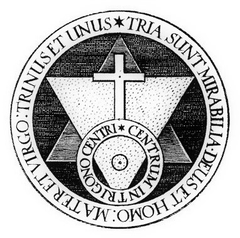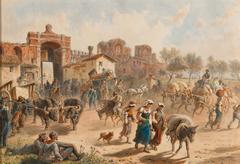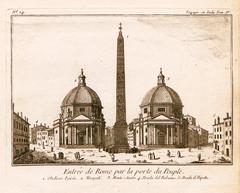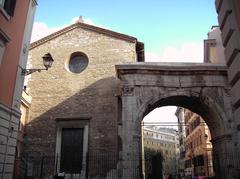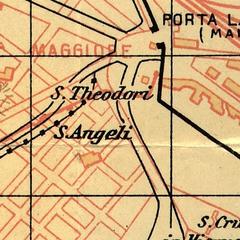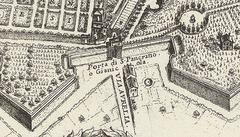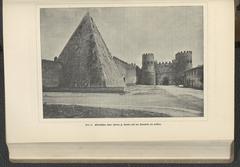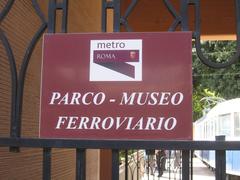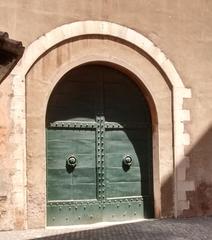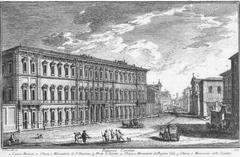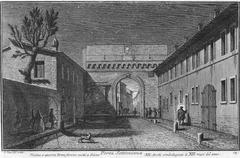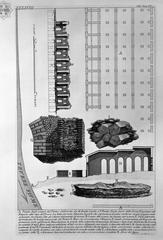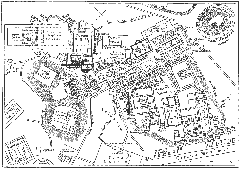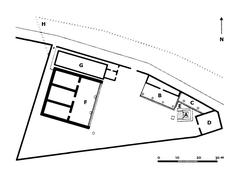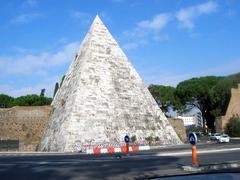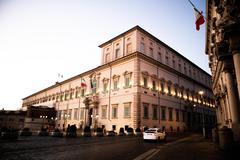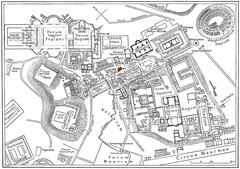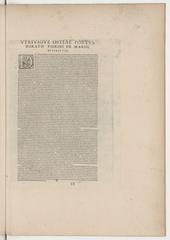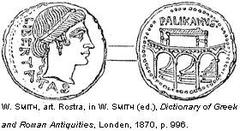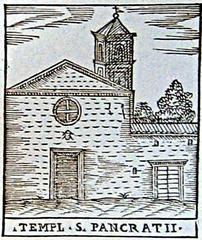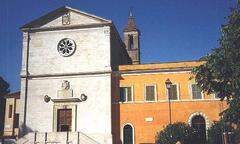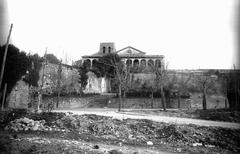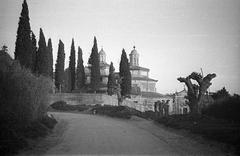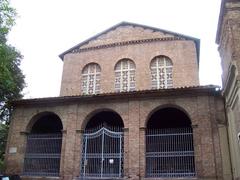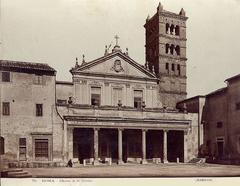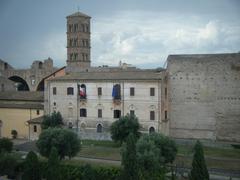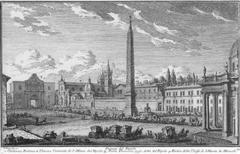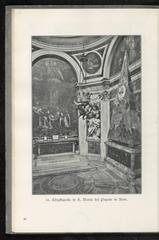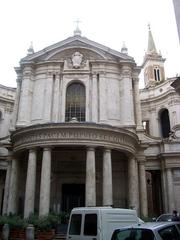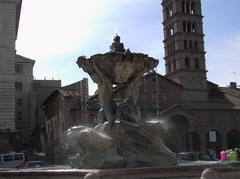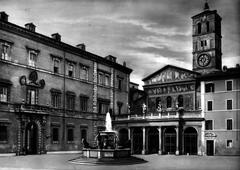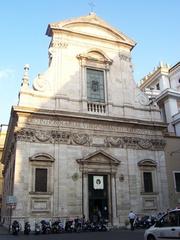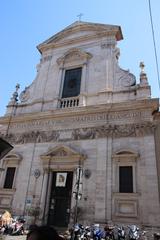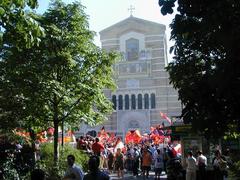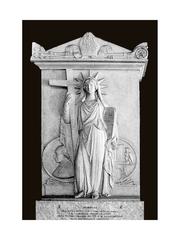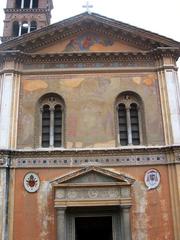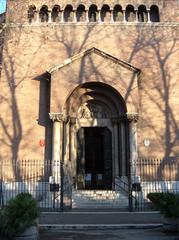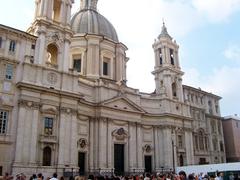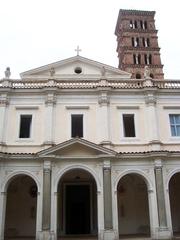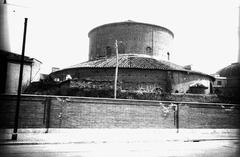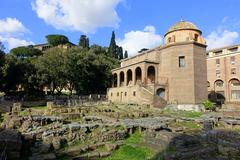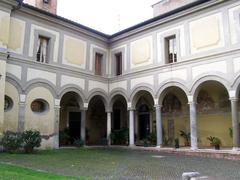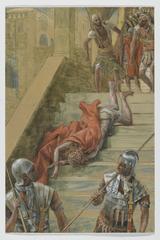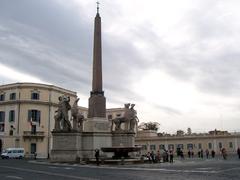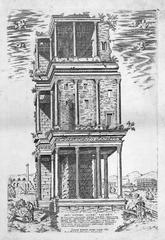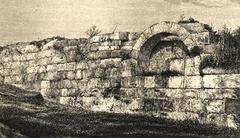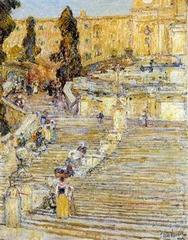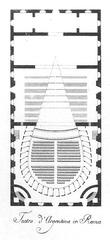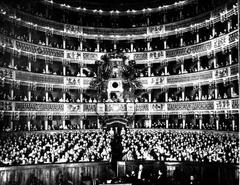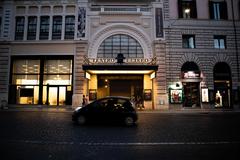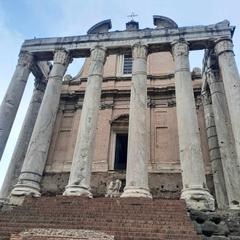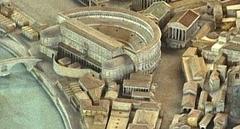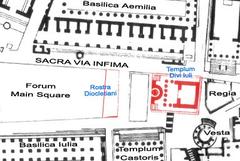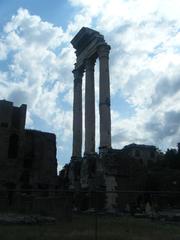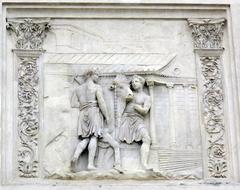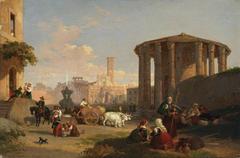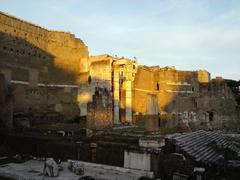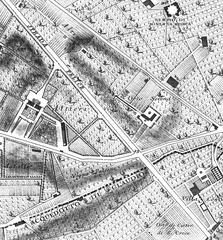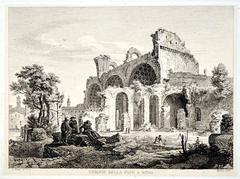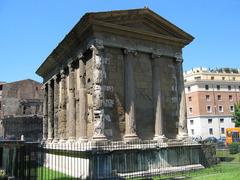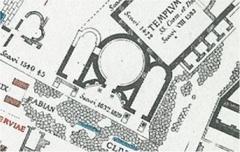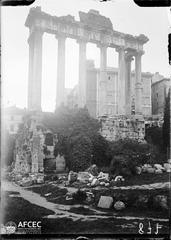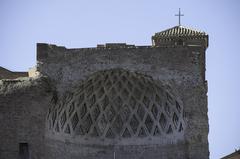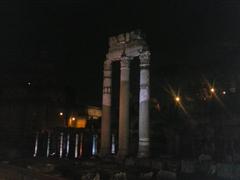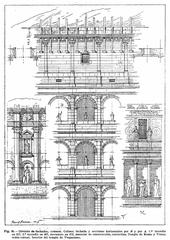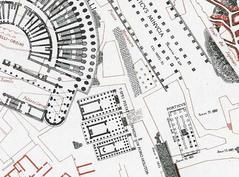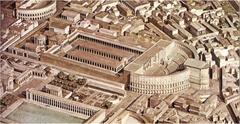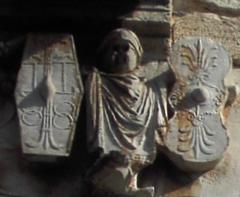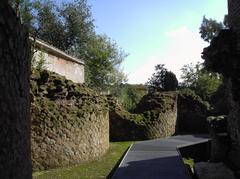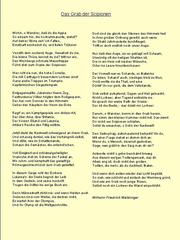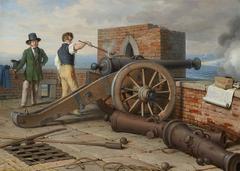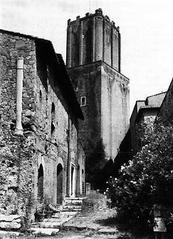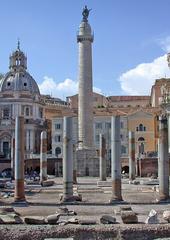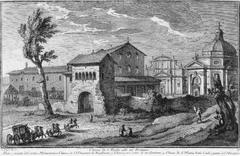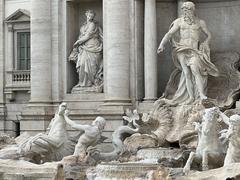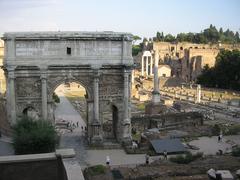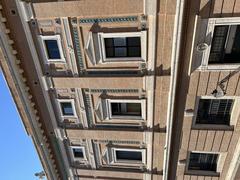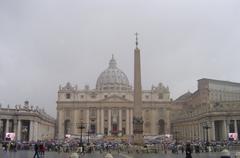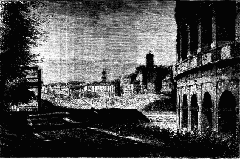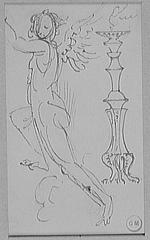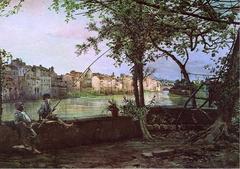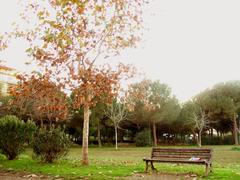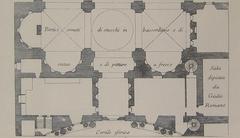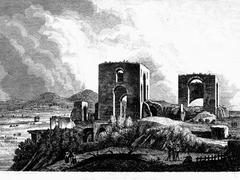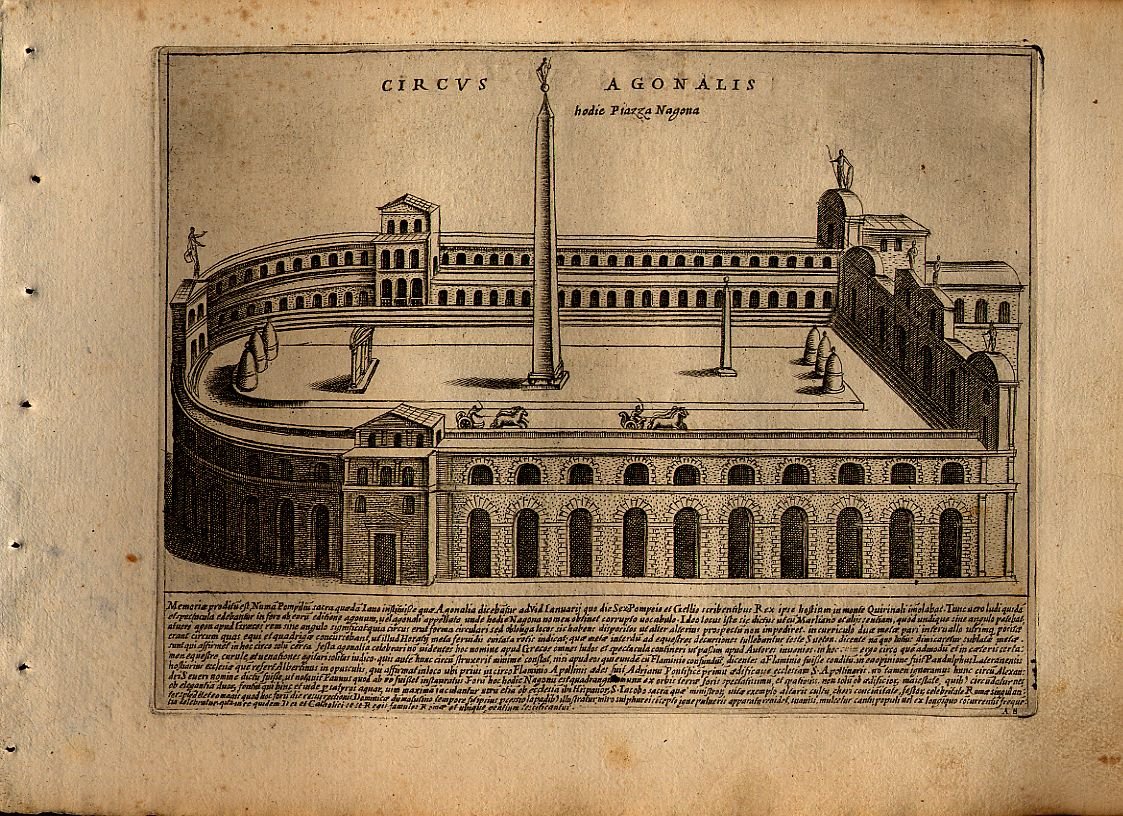
Stadio di Domiziano Guide: Visiting Hours, Tickets, and Historical Insights
Date: 23/07/2024
Introduction
The Stadio di Domiziano, or Stadium of Domitian, stands as a monumental testament to ancient Roman engineering and cultural heritage. Commissioned by Emperor Domitian in 86 AD, this grand stadium was initially constructed to host athletic contests and various public spectacles, reflecting Domitian’s admiration for Greek culture. The stadium, situated in the Campus Martius area of Rome, could accommodate between 15,000 to 20,000 spectators, making it one of the largest and most significant sports venues of its time (Rome.net). Its architectural design, heavily influenced by Greek stadiums, featured a long narrow track and tiered seating, which was a hallmark of Roman architectural ingenuity (Ancient.eu). Over the centuries, the Stadio di Domiziano experienced periods of decline, transformation, and rediscovery, with significant archaeological efforts uncovering its remains beneath the bustling Piazza Navona (Smithsonianmag.com). Today, the stadium’s underground ruins offer a captivating glimpse into ancient Rome’s athletic and cultural life, attracting countless visitors keen to explore its historic depths. This comprehensive guide aims to provide detailed insights into the history, significance, and practical information for visiting the Stadio di Domiziano, ensuring a memorable and enriching experience.
Table of Contents
- Introduction
- History of Stadio di Domiziano
- Modern-Day Significance
- Visitor Information
- Preservation Efforts
- Cultural Impact
- Visitor Experience
- Frequently Asked Questions (FAQ)
- Conclusion
- References
History of Stadio di Domiziano
Origins and Construction
The Stadio di Domiziano, commissioned by Emperor Domitian in 86 AD, was constructed in the Campus Martius area of Rome, traditionally used for military training and public events. The stadium was built to host athletic contests, reflecting Domitian’s admiration for Greek culture and its athletic traditions. Designed to accommodate around 15,000 to 20,000 spectators, it was one of the largest stadiums of its time (Rome.net).
Architectural Design
The stadium’s design was heavily influenced by Greek architecture, particularly the stadiums used for the Olympic Games. It featured a long, narrow track with a rounded end, measuring approximately 275 meters in length and 106 meters in width. The seating arrangement was tiered, allowing for optimal viewing angles for all spectators. The exterior was adorned with travertine stone, a common material in Roman architecture, which gave the stadium a grand and imposing appearance (Ancient.eu).
Usage and Events
The primary purpose of the Stadio di Domiziano was to host athletic competitions, including running, wrestling, and boxing. These events were part of the Agon Capitolinus, a festival established by Domitian to celebrate athletic prowess and cultural achievements. The stadium also hosted other public spectacles, such as gladiatorial games and animal hunts, although these were more commonly associated with the Colosseum (Romeing.it).
Decline and Transformation
Following the fall of the Roman Empire, the Stadio di Domiziano fell into disuse and disrepair. By the 4th century AD, the stadium was largely abandoned, and its materials were repurposed for other construction projects throughout Rome. Over time, the structure was buried under layers of sediment and debris, and its exact location was forgotten. It wasn’t until the Renaissance period that interest in the stadium was revived, leading to archaeological excavations and the eventual rediscovery of its remains (Smithsonianmag.com).
Rediscovery and Excavation
The first significant excavations of the Stadio di Domiziano began in the 19th century, led by Italian archaeologist Rodolfo Lanciani. These early efforts uncovered portions of the stadium’s foundations and seating areas, providing valuable insights into its original design and construction. Further excavations in the 20th and 21st centuries have continued to reveal more of the stadium’s structure, including its entrance gates, spectator seating, and remnants of the track (Archaeology.org).
Modern-Day Significance
Today, the remains of the Stadio di Domiziano are located beneath Piazza Navona, one of Rome’s most famous public squares. The piazza’s elongated shape mirrors the outline of the ancient stadium, preserving its historical footprint. Visitors to Piazza Navona can explore the underground ruins of the stadium, which have been partially excavated and are accessible through guided tours. These tours offer a fascinating glimpse into the stadium’s history and its role in ancient Roman society (PiazzaNavona.com).
Visitor Information
Visiting Hours and Tickets
The Stadio di Domiziano is open to visitors daily, with varying hours depending on the season. Generally, the stadium is open from 10:00 AM to 7:00 PM. Tickets can be purchased on-site or online, with prices typically ranging from €8 to €12 for adults, and discounts available for children, students, and seniors. For the latest information on visiting hours and ticket prices, it is recommended to visit the official website or contact the visitor center.
Travel Tips
- Accessibility: The underground ruins are accessible to visitors with mobility issues, but it is advisable to check in advance for any specific accommodations or assistance that may be required.
- Nearby Attractions: Piazza Navona itself is a major attraction, with its beautiful fountains and lively atmosphere. Other nearby sites include the Pantheon, the Trevi Fountain, and the Roman Forum.
- Guided Tours: Consider booking a guided tour to enhance your visit. Tours are available in multiple languages and provide detailed explanations of the stadium’s history, architecture, and cultural significance. Interactive exhibits and multimedia displays are also available to enrich the visitor experience.
- Photography: The ruins offer excellent photographic opportunities. Be sure to bring a camera to capture the ancient architecture and the vibrant life of Piazza Navona above.
Preservation Efforts
Efforts to preserve and protect the remains of the Stadio di Domiziano have been ongoing since its rediscovery. The Italian government, along with various cultural and historical organizations, has invested in conservation projects to stabilize the ruins and prevent further deterioration. These efforts include the installation of protective coverings, structural reinforcements, and climate control systems to mitigate the effects of weathering and environmental damage (RomeCulturalHeritage.it).
Cultural Impact
The Stadio di Domiziano holds a significant place in the cultural and historical landscape of Rome. It serves as a testament to the city’s rich architectural heritage and its enduring legacy as a center of athletic and public life. The stadium’s influence can be seen in the design of modern sports arenas and public spaces, reflecting the timeless appeal of its architectural principles. Additionally, the stadium’s history is a reminder of the importance of preserving and celebrating ancient monuments, ensuring that future generations can appreciate their historical and cultural value (ItalyMagazine.com).
Visitor Experience
For visitors to Rome, the Stadio di Domiziano offers a unique opportunity to explore the city’s ancient past. The underground ruins provide a tangible connection to the world of ancient Roman sports and entertainment, allowing visitors to imagine the excitement and grandeur of the events that once took place there. Guided tours are available in multiple languages, offering detailed explanations of the stadium’s history, architecture, and cultural significance. Additionally, interactive exhibits and multimedia displays enhance the visitor experience, providing a deeper understanding of the stadium’s role in Roman society (RomeTouristGuide.com).
Frequently Asked Questions (FAQ)
Q: What are the visiting hours for Stadio di Domiziano? A: The Stadio di Domiziano is generally open from 10:00 AM to 7:00 PM. However, visiting hours may vary depending on the season, so it is advisable to check the official website for the most up-to-date information.
Q: How much are tickets for Stadio di Domiziano? A: Ticket prices typically range from €8 to €12 for adults, with discounts available for children, students, and seniors. Tickets can be purchased on-site or online.
Q: Is the Stadio di Domiziano accessible to visitors with mobility issues? A: Yes, the underground ruins are accessible to visitors with mobility issues, but it is advisable to check in advance for any specific accommodations or assistance that may be required.
Conclusion
The Stadio di Domiziano remains a remarkable relic of ancient Rome, reflecting the city’s rich history, architectural prowess, and cultural significance. From its construction under Emperor Domitian to its modern-day preservation, the stadium’s journey mirrors the evolution of Rome itself. Today, visitors to the Stadio di Domiziano can explore its underground ruins and imagine the grandeur of the athletic contests and public spectacles that once took place there. Efforts to preserve and protect the site ensure that it continues to be a vital part of Rome’s cultural heritage, providing educational and economic benefits to the city (RomeCulturalHeritage.it). As you plan your visit to this iconic site, consider the practical tips and information provided to enhance your experience. Whether you’re a history enthusiast, a cultural explorer, or simply a curious traveler, the Stadio di Domiziano offers a unique window into the ancient world, leaving a lasting impression on all who visit. For more historical insights and travel tips, download our mobile app Audiala and follow us on social media.
